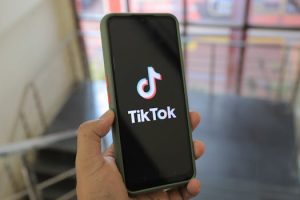Adaptive technology tools for inclusive education
Welcome to the world of adaptive technology tools for inclusive education. As technology continues to advance, it has become increasingly important to ensure that all students, including those with disabilities, have access to quality education. Adaptive technology tools play a crucial role in creating an inclusive learning environment, allowing students to access educational materials and actively participate in class activities. In this article, we will explore the importance of adaptive technology in inclusive education and discuss some of the top tools available for students with disabilities.
The Role of Adaptive Technology in Inclusive Education
Inclusive education aims to provide equal opportunities for all students, regardless of their abilities or disabilities. It encourages diversity, promotes empathy and understanding, and fosters a sense of belonging for all students. Adaptive technology plays a key role in achieving these goals by providing students with the necessary tools and resources to access education and actively engage in the learning process.
One of the main challenges in inclusive education is meeting the needs of students with different learning styles and abilities. This is where adaptive technology comes in. It can adapt to the individual needs of students, making learning more accessible and engaging for everyone.
Adaptive Technology Tools for Inclusive Education
Text-to-Speech Tools
Text-to-speech technology allows students with reading disabilities, such as dyslexia, to easily access written materials. These tools convert written text into spoken words, making it easier for students to comprehend the information. Some popular text-to-speech software includes NaturalReader, ClaroRead, and Read&Write.
Speech-to-Text Tools
Speech-to-text technology is a game-changer for students with physical disabilities that affect their ability to write or type. This technology converts spoken words into written text, allowing students to participate in class discussions and complete written assignments. Some popular speech-to-text software includes Dragon NaturallySpeaking and Google Docs Voice Typing.
Screen Readers
Screen readers are software programs that read aloud everything that appears on a computer screen. They are primarily used by students with visual impairments or learning disabilities to access web content. Some popular screen readers include NVDA, JAWS, and VoiceOver.
Alternative Input Devices
For students with physical disabilities, using a standard keyboard and mouse can be challenging. Alternative input devices, such as touchscreens, joysticks, or voice-activated devices, allow students to interact with technology in a way that is comfortable for them. These devices promote independence and can significantly improve a student’s overall learning experience.
Virtual Reality
Virtual reality (VR) technology has been gaining popularity in recent years for its potential in education. For students with disabilities, VR can provide an immersive and interactive learning experience. It allows them to explore, experiment, and learn in a safe and controlled environment. VR technology can also simulate real-life situations, helping students hone their problem-solving and decision-making skills.
In Conclusion
Adaptive technology is a crucial component of inclusive education. It provides students with the necessary tools and resources to overcome barriers and actively participate in their education. With the continuous advancements in technology, we can expect to see even more innovative and inclusive tools in the future. As educators, it is our responsibility to embrace these technologies and create an inclusive learning environment for all students.











